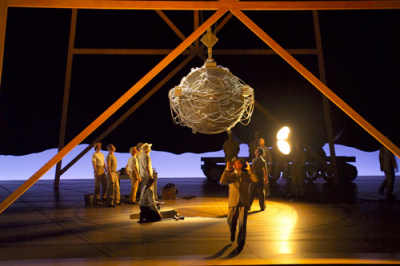

I greatly admire John Adams’ music, which manages to be both innovative and accessible. The result is fascinating but it’s not without its problems. Rather than attempting to provide the coherence that the libretto lacks through the music, Adams chose to work with what he had and not try to impose a larger structure on it via the score. This means that the work doesn’t really have a real narrative trajectory, and there is very little in the way of character development, but instead it resolves itself into a series of impressionist tableaux. Other physicists feature in the story, especially Edward Teller and Robert Wilson, and images of many more taken from their security passes are projected onto the set at the opening of Scene 1.Īccording to what I was told, John Adams originally engaged a librettist to write the text for the Opera but this didn’t work out, and a libretto was instead stitched together by Peter Sellars from a variety of sources, including the poetry of John Donne, the Bhagavad Gita, scientific documents, and assorted memoranda from Los Alamos. The piece is, of course, centred around the personality of J Robert Oppenheimer “The Father of the Atomic Bomb” and is set in Los Alamos in the runup to the first “Trinity” test detonation of an atomic bomb in July 1945.

I even went with a group of six physicists to see it.

It’s not often that my interest in Opera overlaps significantly with my career in Physics, but this Saturday night (28th March) was a definite example, with English National Opera‘s production of Doctor Atomic by John Adams providing the opportunity.


 0 kommentar(er)
0 kommentar(er)
